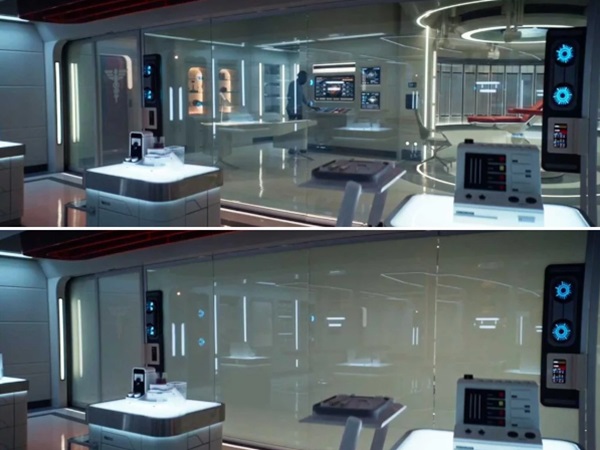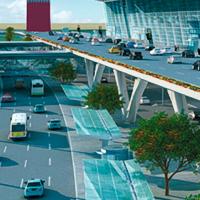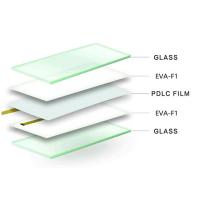Date: 2 July 2012
Also referred to as dimmable glass, switchable glass, or dynamic glass (or glazing), smart glass is used in a variety of applications, primarily architecture and transportation. Although several barriers stand in the way of the broader adoption of smart glass, the market potential is significant. Substantial new production capacity that is due to come online during 2013 will reduce production costs and help drive greater product adoption. According to a new report from Pike Research, the market value for architectural and transportation smart glass, which stands at $84 million today, will grow to $693 million worldwide by 2020.“High-performance buildings require a level of control over energy that many of today’s automation systems are only now starting to address,” says senior analyst Eric Bloom. “Smart glass is an innovative technology that both provides building owners unprecedented control over solar heat gain and offers a visually impressive alternative to flat glass.”Worldwide demand for smart glass will exceed 3 million square meters annually by 2020, Bloom adds.While North America and Europe are forecast to lead the market in terms of overall revenue, growth will be especially strong in China, which continues to undergo a massive building boom. China alone represents half of the global market for flat glass, and, together with Japan and Southeast Asia, the Asia Pacific region constitutes 62% of the flat glass market. This considerable potential will lead to higher growth rates throughout Asia Pacific, particularly in China.Pike Research’s report, “Smart Glass”, provides an overview of the various smart glass technologies that are gaining traction in the marketplace and describes the applications best suited to smart glass in the buildings, automotive, aerospace, and marine sectors. Market drivers and barriers, and costs and benefits, of smart glass illustrate the challenges and growth prospects for this technology. Market forecasts are provided through 2020 for global demand and market value, segmented by the architectural and transportation sectors, along with a review of key industry players. An Executive Summary of the report is available for free download on the firm’s website.Contact: Richard Martin+1 303 997 7609press@pikeresearch.com
Smart glass is a class of products used in windows, glass screens, and partitions that provides glare, light, and heat control dynamically, based on ambient conditions or manual controls. Also referred to as dimmable glass, switchable glass, or dynamic glass (or glazing), smart glass is used in a variety of applications, primarily architecture and transportation. Although several barriers stand in the way of the broader adoption of smart glass, the market potential is significant. Substantial new production capacity that is due to come online during 2013 will reduce production costs and help drive greater product adoption. According to a new report from Pike Research, the market value for architectural and transportation smart glass, which stands at $84 million today, will grow to $693 million worldwide by 2020.
“High-performance buildings require a level of control over energy that many of today’s automation systems are only now starting to address,” says senior analyst Eric Bloom. “Smart glass is an innovative technology that both provides building owners unprecedented control over solar heat gain and offers a visually impressive alternative to flat glass.”
Worldwide demand for smart glass will exceed 3 million square meters annually by 2020, Bloom adds.
While North America and Europe are forecast to lead the market in terms of overall revenue, growth will be especially strong in China, which continues to undergo a massive building boom. China alone represents half of the global market for flat glass, and, together with Japan and Southeast Asia, the Asia Pacific region constitutes 62% of the flat glass market. This considerable potential will lead to higher growth rates throughout Asia Pacific, particularly in China.
Pike Research’s report, “Smart Glass”, provides an overview of the various smart glass technologies that are gaining traction in the marketplace and describes the applications best suited to smart glass in the buildings, automotive, aerospace, and marine sectors. Market drivers and barriers, and costs and benefits, of smart glass illustrate the challenges and growth prospects for this technology. Market forecasts are provided through 2020 for global demand and market value, segmented by the architectural and transportation sectors, along with a review of key industry players. An Executive Summary of the report is available for free download on the firm’s website.
Contact: Richard Martin
+1 303 997 7609












Add new comment